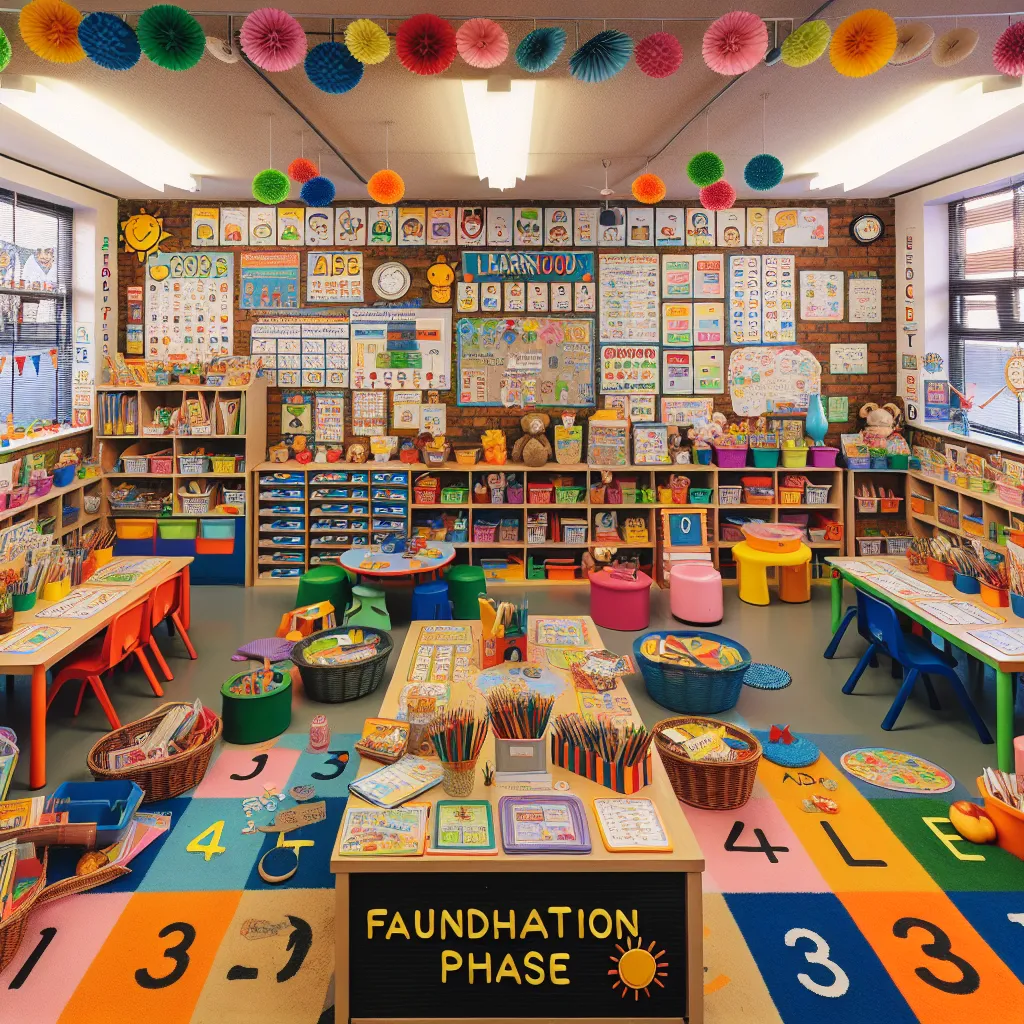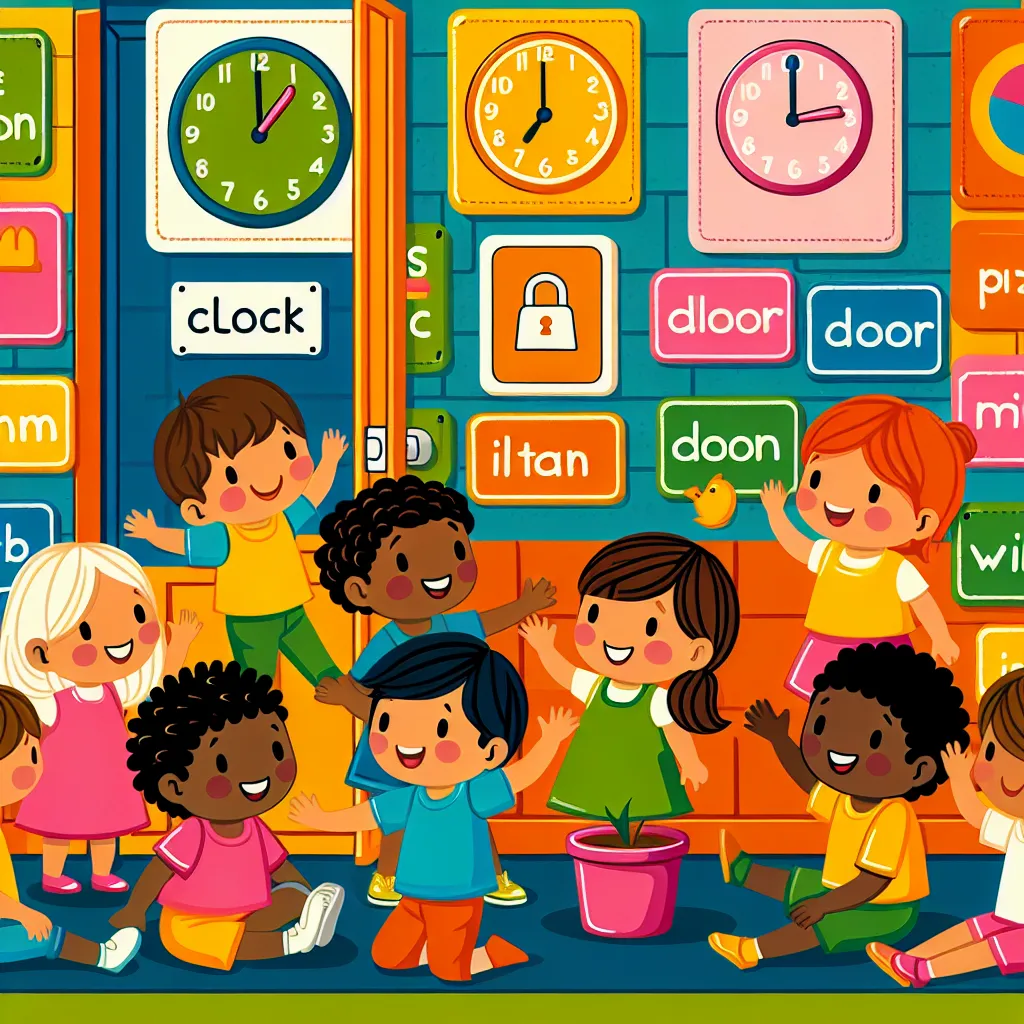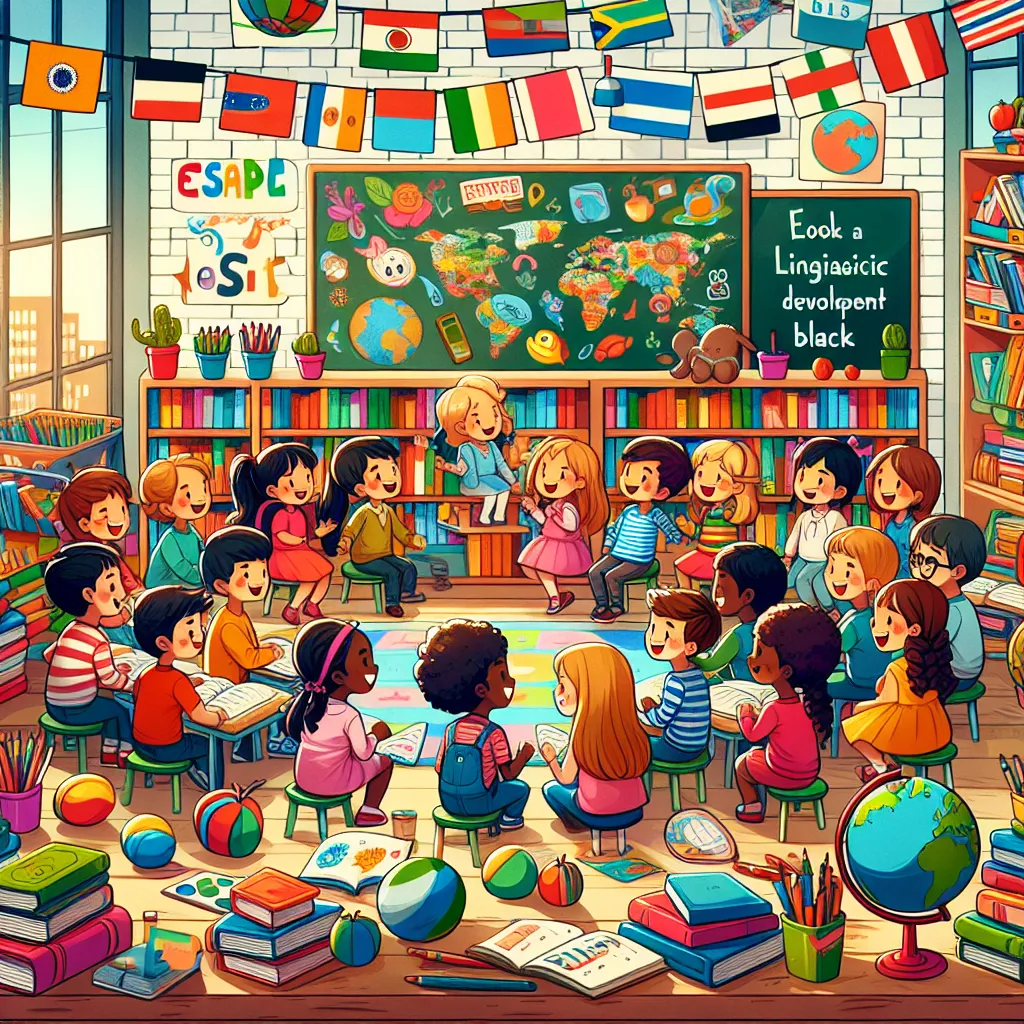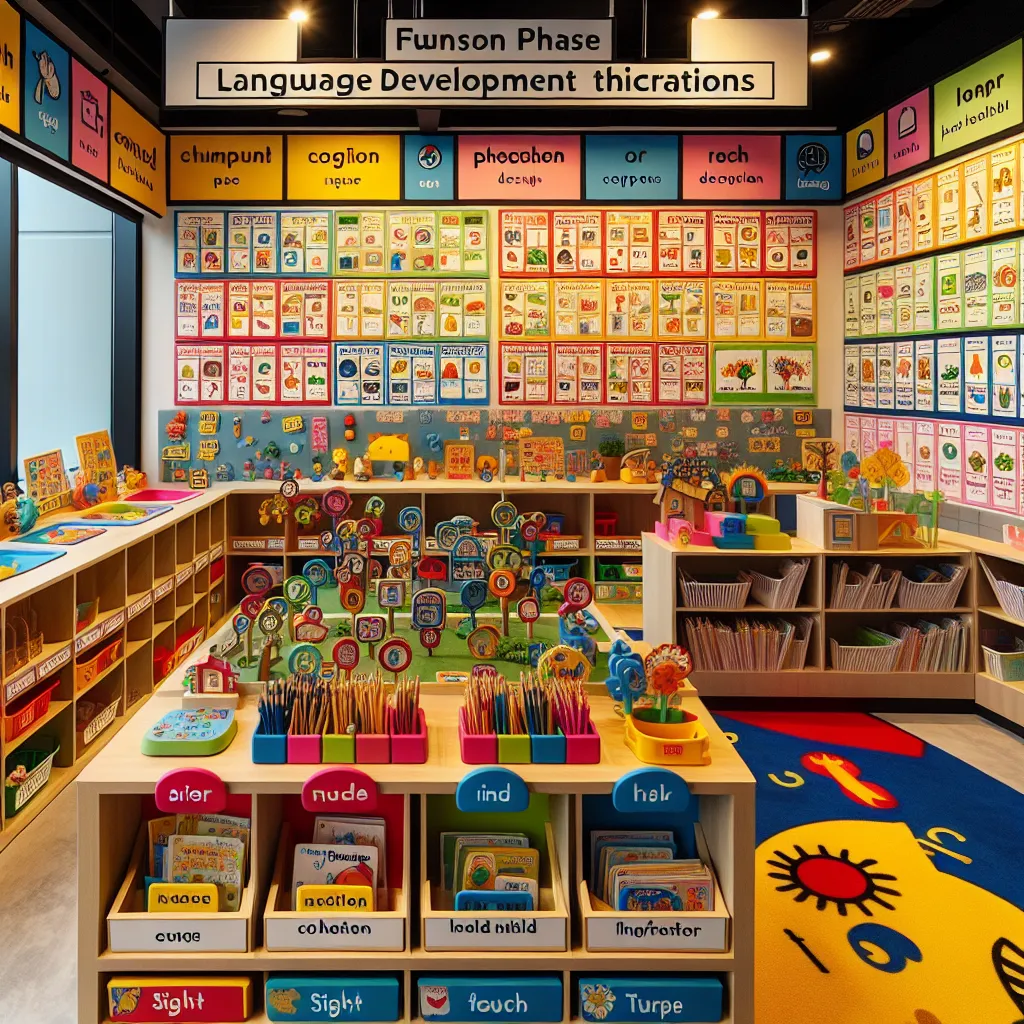Ask AI on The Internet
Question: 3.1 Explain how environmental print can be incorporated in the classroom to promote emergent reading. (5) 3.2 List five ways in which early literacy manifests itself in young children, as stated by Strickland et al (2004). (5) 3.3 Differentiate between storytelling and story reading. (10) 3.4 Discuss various strategies for reading aloud that can be used in the Foundation Phase to promote reading. (10)
### 3.1 Explain how environmental print can be incorporated in the classroom to promote emergent reading. (5) Environmental print refers to the print found in the everyday environment, such as labels, signs, logos, and packaging. Here’s how it can be incorporated in the classroom to promote emergent reading: 1. **Classroom Labels**: Label items around the classroom (e.g., "door," "window," "bookshelf") to help children associate written words with objects they encounter daily. 2. **Interactive Bulletin Boards**: Create bulletin boards that feature familiar logos, signs, and other types of environmental print. Use these boards for interactive activities, such as matching words to pictures. 3. **Role-Playing Centers**: Set up areas such as a grocery store, a post office, or a restaurant where children can interact with environmental print in a meaningful context through play. 4. **Daily Routines**: Incorporate environmental print into daily routines, such as a calendar with written days of the week or a weather chart with descriptive terms. 5. **Classroom Library**: Include books that are rich in environmental print or have themes relating to everyday signs and symbols. Encourage children to make connections between the print in books and the print in the environment. ### 3.2 List five ways in which early literacy manifests itself in young children, as stated by Strickland et al (2004). (5) According to Strickland et al (2004), early literacy in young children can manifest in the following ways: 1. **Recognizing Print**: Children begin to recognize and show interest in letters and words in their environment. 2. **Understanding Story Structure**: They understand that stories have a beginning, middle, and end. 3. **Development of Vocabulary**: There is noticeable growth in vocabulary as they learn new words from books and conversations. 4. **Engagement with Books**: Children show interest in handling books and turning pages, even if they are not yet reading the words. 5. **Awareness of Phonemic Sounds**: They start to become aware of the sounds within words, understanding that words are made up of smaller sounds. ### 3.3 Differentiate between storytelling and story reading. (10) **Storytelling** and **story reading** are two distinct methods of sharing stories with children, and they differ in several ways: 1. **Preparation**: - **Storytelling**: Often involves memorizing a story or telling it from memory, sometimes improvising details based on audience engagement. - **Story Reading**: Involves reading directly from a written text, with the book as the primary focus. 2. **Delivery**: - **Storytelling**: Typically more interactive and expressive, relying heavily on the storyteller's voice modulation, gestures, and facial expressions. - **Story Reading**: Focuses on the actual text, with the book's illustrations helping to convey the story. 3. **Flexibility**: - **Storytelling**: Offers flexibility in altering the plot, characters, and style of presentation as the storyteller sees fit. - **Story Reading**: Is constrained by the exact words and structure provided in the book. 4. **Audience Engagement**: - **Storytelling**: Generally encourages more audience participation, including predicting what happens next, asking questions, and reacting to the story. - **Story Reading**: May include some interaction, but primarily remains a listening activity with children following along with the text and images. 5. **Purpose**: - **Storytelling**: Often used to impart moral lessons, cultural tales, or personal experiences, which may not always be written down. - **Story Reading**: Focuses on a wide range of topics and genres, as provided by various authors and publishers. 6. **Emotional Connection**: - **Storytelling**: Can create a stronger emotional connection because the storyteller can gauge the audience's reactions and alter the story accordingly. - **Story Reading**: Relies on the reader’s ability to bring the text to life and engage the audience through the written language and illustrations. 7. **Resources**: - **Storytelling**: Requires minimal resources, often just the storyteller and the listeners. - **Story Reading**: Requires a book and sometimes supplementary materials like puppets or props. 8. **Adaptability**: - **Storytelling**: Easily adapted to different settings and situations, allowing for spontaneous storytelling. - **Story Reading**: Less adaptable on-the-fly, as it relies on a fixed text. 9. **Literacy Skills Development**: - **Storytelling**: Enhances listening skills, imagination, and the ability to understand complex narratives. - **Story Reading**: Supports print awareness, word recognition, and comprehension skills. 10. **Cultural Transmission**: - **Storytelling**: An important method for passing down cultural traditions, folklore, and oral histories. - **Story Reading**: Transmits culture and knowledge through published literature from various backgrounds. ### 3.4 Discuss various strategies for reading aloud that can be used in the Foundation Phase to promote reading. (10) Reading aloud to children in the Foundation Phase is crucial for developing early literacy skills. Here are several strategies to make read-aloud sessions effective and engaging: 1. **Choose Appropriate Books**: Select books that are age-appropriate, interesting, and culturally relevant. Include a variety of genres (e.g., fiction, non-fiction, poetry). 2. **Interactive Reading**: Engage children by asking questions about the story and encouraging them to predict what will happen next. Use open-ended questions to stimulate thinking and discussions. 3. **Expressive Reading**: Use different voices for different characters, vary your tone, pitch, and volume to make the story come alive. This helps to keep children engaged and models fluent and expressive reading. 4. **Use Visuals and Props**: Incorporate pictures, puppets, or props related to the story to make the reading more dynamic and engaging. Visual aids can help children better understand the text. 5. **Repetition and Familiarity**: Read favorite books multiple times. Repetition helps children to become familiar with text structures, vocabulary, and story sequences. 6. **Shared Reading**: Involve children in the reading process by letting them join in on repetitive phrases or predict rhyming words. This helps to reinforce print awareness and word recognition. 7. **Pause for Discussion**: Take breaks during reading to discuss the story, characters, and plot. This can deepen comprehension and allow children to connect the story to their own experiences. 8. **Relate to Real Life**: Connect elements of the story to real-life situations the children might experience. This makes the reading more relevant and memorable. 9. **Encourage Participation**: Allow children to hold the book, turn the pages, and even "read" parts of the story themselves, based on their level of literacy. 10. **Model Reading Strategies**: Show children how you think about the text as you read. For example, model making predictions, summarizing, and making connections to other texts or experiences. By employing these strategies, educators can create a rich literacy environment that fosters a love for reading and builds foundational skills in young learners.
Think your answer is better than the AI's? Post it below.
Other Most Relevant Posts:
 1. **Visual Stimuli for Language Learning**
2. **Print-Rich Classrooms for Language Mastery**
3. **Environmental Print in Reading Development**
4. **Parental Impact on Early Literacy Skills
1. **Visual Stimuli for Language Learning**
2. **Print-Rich Classrooms for Language Mastery**
3. **Environmental Print in Reading Development**
4. **Parental Impact on Early Literacy Skills
Question Tags
If you want your question answered by an AI, click here.






Post your own comment: